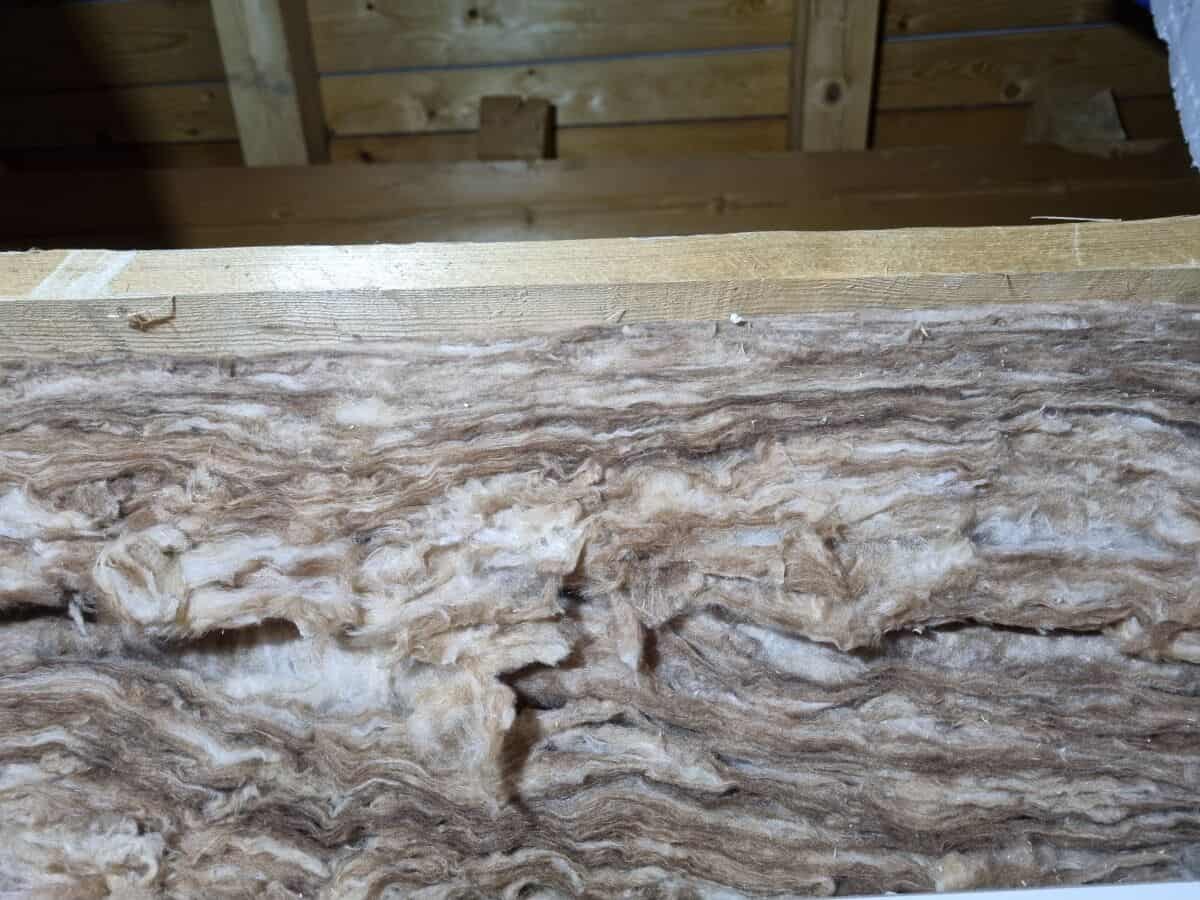If you are unfortunate enough to inhale fiberglass insulation, it can make you sick. The first thing you should do is get out of the area where you were exposed and into the fresh air. If you are having trouble breathing, seek medical attention right away. You may also have a rash or skin irritation from the insulation. If this is the case, you should wash the area with soap and water. If you have any questions or concerns, please speak to a doctor as soon as possible.
How is insulation harmful to humans?
There are a few ways that insulation can be harmful to humans.
One way is if the insulation is made with asbestos. Asbestos is a toxic mineral that was once used in insulation, but it has been linked to several deadly diseases, including cancer. If you are exposed to asbestos, you could develop mesothelioma, lung cancer, or asbestosis.
Another way that insulation can be harmful to humans is if it contains formaldehyde. Formaldehyde is a toxic chemical that is used in many types of insulation, and it can cause skin irritation, asthma, and other respiratory problems.
Fiberglass is found in most insulations (most people have it in the attic) and irritates the respiratory system in most people. Most individuals recover from breathing fiberglass fibers. However, a small number of fiberglass fibers may stay in lungs, which can cause many respiratory problems as time goes on.
If you are thinking about having insulation installed in your home, be sure to ask the installer about the type of insulation that is being used. If it contains asbestos or formaldehyde, you may want to consider using a different type of insulation.
What is insulation?
Insulation is a material or product that is used to prevent the flow of heat, sound, or electricity through a given space. It can be made from a variety of materials, including fiberglass, foam, and wool. Insulation is an important part of any home or office, as it helps to keep the environment comfortable and energy-efficient.
How does exposure to insulation make humans sick?
There is a lot of research that suggests that insulation can cause health problems in humans. The main issue seems to be with people who are exposed to it for long periods. There are a few different ways that exposure to insulation can make you sick.
First, the fibers in the insulation, that you usually have in the attic, can cause respiratory problems. These fibers can become airborne and be inhaled, which can lead to problems like asthma or other respiratory issues. Second, the insulation can contain harmful chemicals that can cause health problems if they are breathed in. Finally, the insulation can create a lot of dust, which can also cause respiratory problems.
All of these issues can cause serious health problems for people who are exposed to insulation. It is important to be aware of the dangers of insulation and take steps to protect yourself if you are working with it or live in a home that has insulation.
What should I do if I inhale fiberglass or come into contact with insulation?
If someone comes into contact with or inhales insulation foam, the National Institute for Occupational Safety and Health recommends the following steps:
1. Immediately move the person away from the area where they came into contact with the insulation foam. As talked about before, it is best to move them outside and as far away from the material as possible. Continuing to breathe in, and be exposed to, insulation for long periods can cause irreversible and long-lasting effects.
2. If the person is having difficulty breathing, call 911 immediately. Difficulty breathing after being exposed to insulation foam is one of the symptoms of someone who is experiencing a serious health problem. Difficulty breathing can be caused by many things, including exposure to hazardous materials. If you experience difficulty breathing after being exposed to insulation, it is important to get medical help as soon as possible.
3. Rinse the person’s eyes and skin with cool water for at least 15 minutes. It’s important to rinse the affected area because insulation fluff can cause irritation and redness, can contain harmful chemicals that can cause long-term damage, and finally, if the insulation fluff is not removed, it can cause a skin infection.
4. If the person has swallowed insulation foam, seek medical attention immediately. Swallowing insulation foam can be dangerous because it can cause a blockage in your throat or intestines. The foam can also cause you to choke on it. Not to mention that insulation is often made with extremely fine shards of fiberglass, which can cause tiny lacerations inside your throat and throughout your body.
5. Dispose the insulation foam properly. Do not touch the foam if you are not wearing gloves and a mask. If you are looking to properly dispose of insulation, there are a few things you need to keep in mind. First, different types of insulation require different disposal methods. Second, improper disposal can be harmful to the environment.
- For fiberglass insulation, you can either recycle it or put it in the trash. If you choose to recycle it, you can take it to a recycling center or contact your local trash service to see if they offer a fiberglass insulation recycling program. If you choose to put it in the trash, make sure to bag it up securely so that the fibers don’t spread and contaminate other waste products.
- For spray foam insulation, you should always contact your local trash service to see if they offer a recycling program. If they don’t, you can usually put it in the trash, but make sure to bag it up securely.
- For cellulose insulation, you can either recycle it or put it in the trash. If you choose to recycle it, you can take it to a recycling center or contact your local trash service to see if they offer a cellulose insulation recycling program. If you decide to toss it in the garbage, be sure to seal it tightly so that the fibers don’t spread and infect other waste.
- Rock wool insulation can either be recycled or thrown away. If you want to recycle it, you should take it to a recycling center or check with your local trash service to see if they have a rock wool insulation recycling program. If you decide to dispose of it in the garbage, be sure to wrap it securely so that the fibers don’t spread and contaminate other waste.
6. Wash your hands thoroughly after handling the insulation foam.
- Wet your hands with clean, running water (warm or cold), turn off the tap, and apply soap.
- Lather your hands by rubbing them together with soap. Lather the backs of your hands, between your fingers, and under your nails.
- Scrub your hands for at least 20 seconds. Need a timer? Hum the “Happy Birthday” song from beginning to end twice.
- Rinse your hands well under clean, running water.
- Dry your hands using a clean towel or air dry them.
In Conclusion
If you come into contact with insulation foam, it is important to take the necessary precautions to avoid any serious health problems later on down the road. Remember that if the person is having difficulty breathing, call 911 immediately, rinse the person’s eyes and skin with cool water for at least 15 minutes, if the person has swallowed insulation foam, seek medical attention immediately, be sure to dispose of the insulation foam properly, and always wash your hands thoroughly after handling the insulation foam. These are just a few of the steps you need to take if you come into contact with insulation foam. For more information, please consult a medical professional.

